

|
UNDERSTAND, INFORM, EDUCATE
Now more than ever, protection of the environment is a top priority
|
|
Protection of our environment is an absolute priority. This is particularly true for aquatic environments and especially so for coastal waters. In 1994, an estimated 37% of the global population lived within 60 km of the coast, in 2009 it was 60% and it is thought that it will be more than 75% by 2050. Ocean health is a priority. Today, 80% of water pollution comes from activities on the land and it is clear how susceptible our coastal waters are to this pollution. Plastic ocean makes media headlines. But keep in mind that phytoplankton in the ocean contribute to about 50 % of the oxygen in Earth’s atmosphere (Ocean, the planet's lung) and that phytoplankton could be declining right now. The ocean’s vegetated habitats cover less than 0.5% of the seabed but they are responsible for more than 50%, may be up to 70%, of all carbon storage in ocean sediments (Blue carbon). More that 500 scientists signed a manifest: The Ocean is losing its breath.Surveillance and protection of our shores is fundamental. We must, in real time, be able to inform people of water conditions. This website shows you how we monitor water quality using behavior of oysters and other clams as cleanliness biosensors. Our technology at a glance. The use of natural high-tech sensors as the canary in coal mines is well known. Today, the ability of clams to permanently ‘taste’ their environment is one of the possible ways to monitor the quality of our coastal waters. Monitoring 24/7 their natural opening/closing activity, how fast they switch to a resting state ("fall asleep"), how they follow biological rhythms (as a function of day/night alternation and/or tides), monitoring their growth rates and if they spawn at the right period is also a fantastic "thermometer" which allows to read throughout the year - just like a doctor who perform diagnosis - the health of both the clams and the ecosystem where they live and interact. A page to find out more and a review paper) It is an example of the Internet of Things applied to Environmental monitoring. Let's go to Web 3.0 |
| HFNI valvometry (High Frequency, Non Invasive), what is it ? |
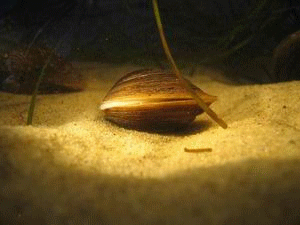 |
Freshwater clams Corbicula fluminea. Very accelerated speed ! In lakes or streams, they reproduce too much but otherwise they are very quiet |
A tool to record mollusc bivalve activity... ... enables us to study their behavior (ethology) and various life history traits in their natural habitat and constantly monitor water quality (bioindicator)... ... when faced with stress, a pollutant, valves can suddenly close or express abnormal movements indicating a change in water quality. Following extreme situations , the animal die and their valves remain open and motionless ... Intermediate cases, their biological rhythms are altered (chronobiology) |
|
Oysters, Crassostrea gigas, equipped with HFNI electrodes, in a traditional oyster bag |
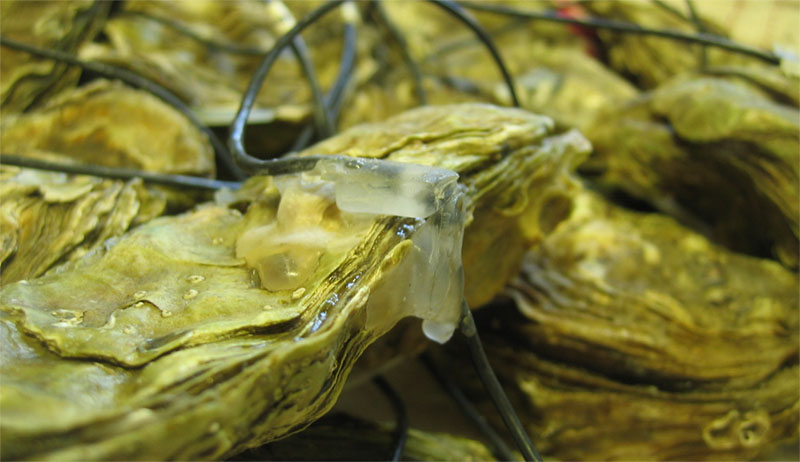 |
...a continuous on-line recording... the distance between valves is continuously recorded using light-weight electrodes that allow even free ranging bivalve species to move their valves without experimental constraints. So we have direct insights, 24/7, all year round, into the behaviour of bivalves in their natural environment (ethology). A short paper to find out more. |
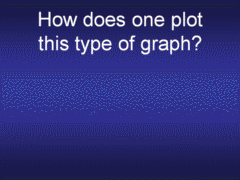 |
...and Internet access click above in the menu bar to get an insight into our location around the world, our technology, pictures from the field and activity recordings from different clams species, freshly arrived from different seas. To come back, just remember this: google "molluscan eye" |
| ************************************************************************************** |
|
Expositions, News |
|||
|
Dive on a MolluSCAN eye spot . Scientific divers, Stéphane Bujan et Benoit Gouillieux. Cameraman, Benoit Gouillieux. |
|||
|
BBC Radio: MolluSCAN eye was interviewed by BBC reporter Jamie Ryan for the show "Oyster to the rescue" in the series People fixing the world (27/8/2019)
Pollution, overfishing and oxygen depletion are damaging coastal waters across the world. Scientists are using one surprising creature to help solve the problem – the oyster.
Oysters eat some chemical pollutants and fight algae blooms, which can have a damaging effect on biodiversity.
A group of teachers and scientists in New York is trying to reintroduce a billion of them into the harbour to make it a healthier, cleaner environment and strengthen the shoreline.
Another team based in France is strapping wires to oysters’ shells around oil rigs to monitor how often they open and close. That gives them vital information about how pollution levels are changing.
|
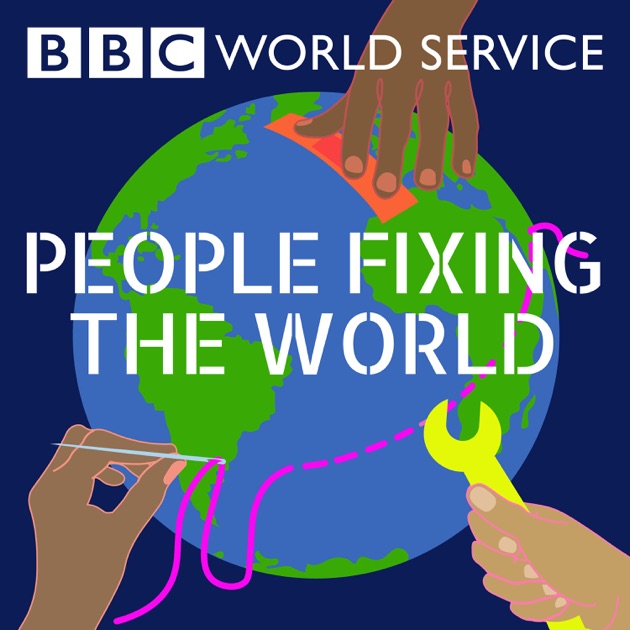 |
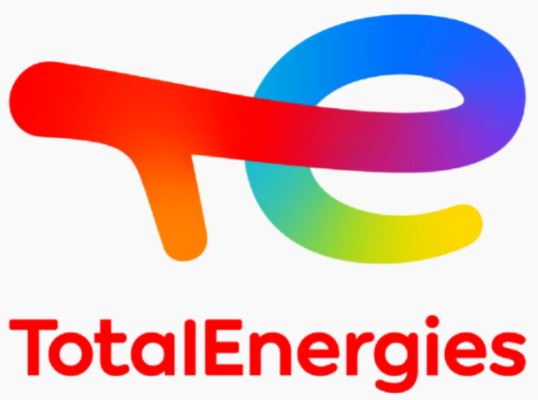 |
Challenge TOTAL Best Innovators 2018 The MolluSCAN eye project is lying 2nd (out of 60 ) of the Best Innovators 2018 Challenge at TOTAL, the French major oil company (on their page, look for Valvometry). To know more a paper published by AFP that went round the world: Researchers turn to oysters as pollution tracking sentinels.
And from TOTAL, a film, 3 min, English subtitles: Using mollusks to monitor industries
And a paper: Efficient biomonitoring with bivalve mollusks
|
| There is an increasing concern that anthropogenic noise could have a significant impact on the marine environment, but there is still insufficient data for most invertebrates. We studied the point in oysters. They hear! Our conclusion is that, in the marine fauna, the danger might be more widespread than previously believed. The sense of hearing in the Pacific oyster Magallana gigas. PLOS One, 2017 and Noise pollution limits metal bioaccumulation and growth rate in oysters. PLOS One 2018. Confirmed in 2019: Anthropogenic Noise Aggravates the Toxicity of Cadmium on Some Physiological Characteristics of the Blood Clam. |
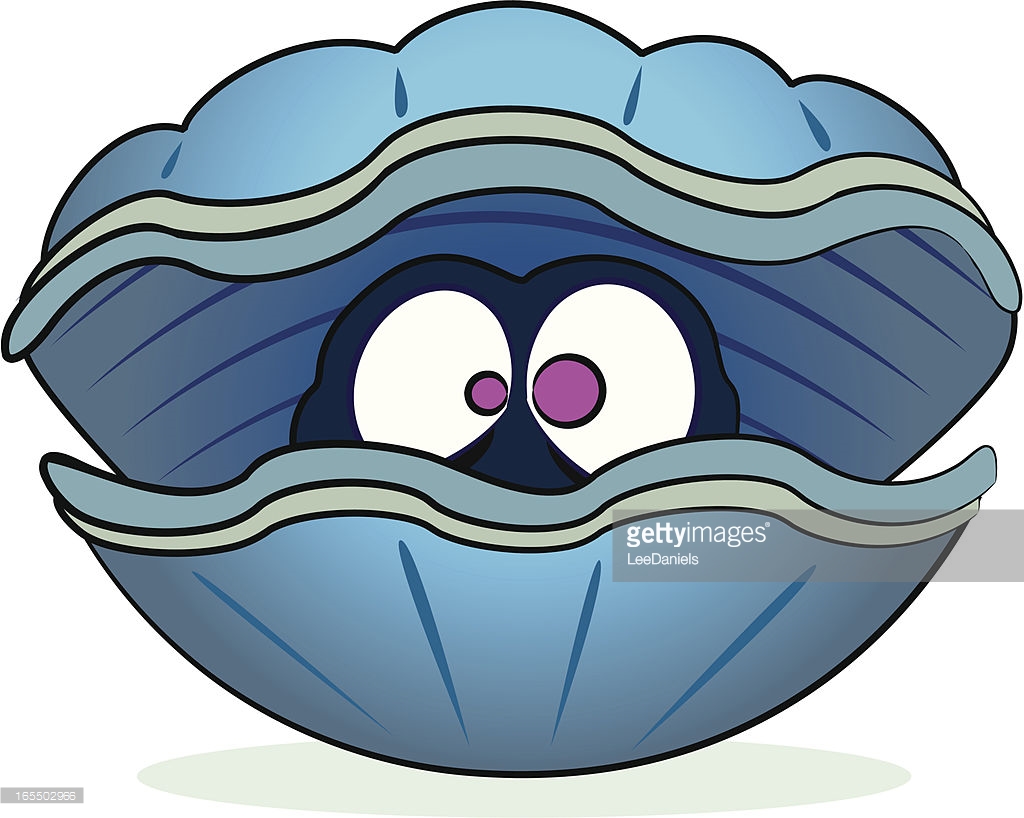 |
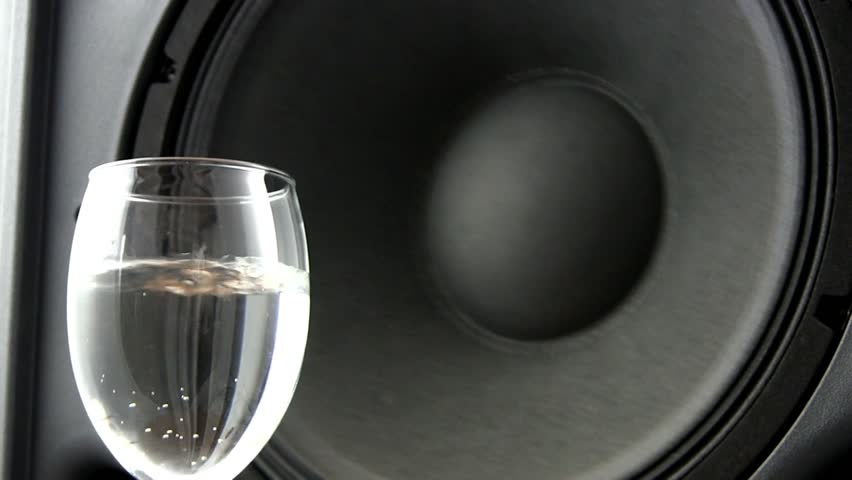 |
Received idea: "Oysters feel vibrations but they don't hear! lol" (this is a copy and paste from a Facebook comment). Response: a sound is a vibration. Every sound is produced by a vibration. Every sound produces vibrations. A 1st video to know more. A 2nd, for kids and... ADULTS !!! |
| A 1.5 min film, produced by Seeker Science & Exploration summarizing the take home message we proposed in terms of noise pollution at sea. | |
 |
Yes, Oysters can "ear". They probably wish we'd clam up. in The New York Times |
| Oysters can hear your noise pollution and it's stressing them out (it includes a nice 50s video). In Newsweek |
 |
 |
Even earless oysters clam up over noise pollution. In Scientific American. |
| Oysters can 'hear' noise pollution and clam up in response (even though they don't have ears).in the Daily Mail Online. |
 |
| Oysters can "hear" the ocean even though they don't have ears. In the New Scientist |
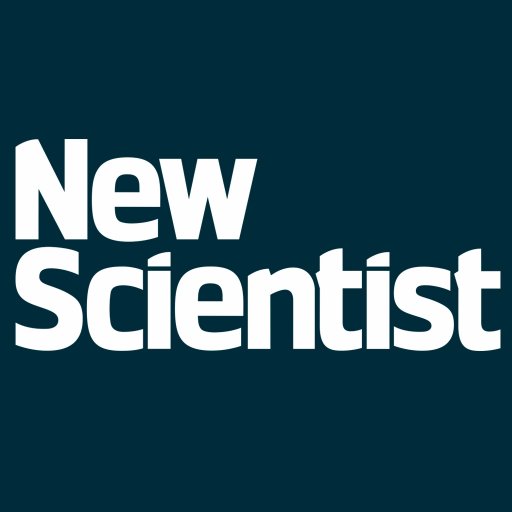 |
 |
Las Ostras cierran sus conchas per estrés. News about the sense of hearing in oyster in elCOLOMBIANO
|
| At the Finnish Television: Tutkimus: Osteri aistii meren melusaasteen ja sulkeutuu kuoreensa |
 |
 |
Oyster can hear, and they're tired of our noise pollution. in The Week. |
| Yes, Oysters can "ear". They probably wish we'd clam up. In Australian News. Daily Bulletin.com.au |
 |
 |
Noise pollution prompts stressed oysters to clam up. In Honolulu Star Advertiser. |
| In Lavanguardia. Sí, las ostras pueden oír y detestan el exceso de ruido en mares y océanos. Un estudio revela que el estrés que les causa la contaminación acústica induce el cierre de sus conchas |
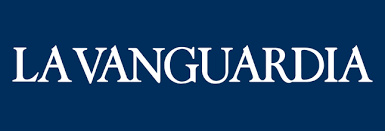 |
 |
Dr Bob Traynor, Audiologist, international audiology consultant gives his opinion about the sense of hearing in oysters: Nah... They don't have ears! Yes, but read this. So... Yes Virginia, Oysters can hear! |
| El ruido marino estresa a algunos moluscos. In El Diaro |
 |
 |
In China, the StandNews reports an article about the Sense of hearing in oysters.They added an example of cargo ship noise.
|
| What kind of a noise annoys an oyster? As soon as in 1930 the issue was raised by Frank Crumit "What kind of a noise annoys an oyster". Lyrics by Billy Curtis. Enjoy without moderation. |
|
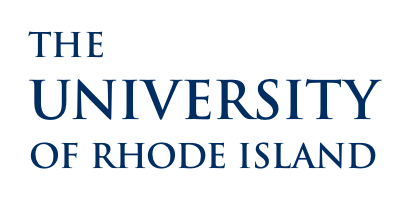 |
The University of Rhode Island proposes a nice website to know more about sounds in the sea and they talk about noise pollution |
Breaking News - Noise pollution causes oysters to 'clam up'a YouTube video summarizing our work on hearing in oysters |
|
|
In Copenhagen, from 21-26 June 2014, MolluSCAN eye participated with FRAM to the European Festival SCIENCE IN THE CITY with the exhibition "Arctic knowhow: Talking Clams".
The exhibition "Talking Clams" presents unique and innovative approaches developed by scientists to understand the changing Arctic by studying marine shells.
|
 |
| The story of MING, the clam that reached the age of 507 (BBC News) |
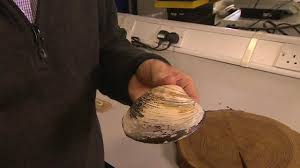 |
|
Exhibition Talking clams. Since November 16th 2012, MolluSCAN Eye presents its Arctic activities in the especially original architecture of the museum POLARIA in Tromso, Norway
Some interesting and very encouraging statistics about the "Talking Clams" exhibition at Polaria from Geir Stokke, the Managing Director of Polaria. From Facebook: Talking clam |
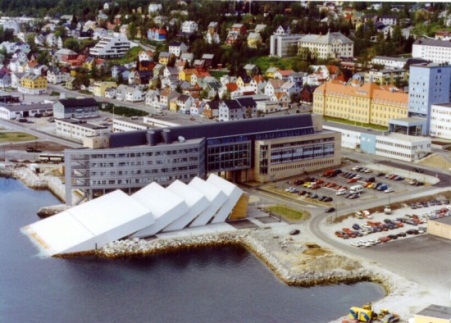 |
|
MolluSCAN eye is supported by Aquitaine Science Transfert, the French society whose aim is to accelerate the transfert of technology from lab to public in Aquitaine (South Western France). Alain Juppé, Lord Mayor of Bordeaux, visiting us during a public exhibition. He is discovering the MolluSCAN eye technology. |
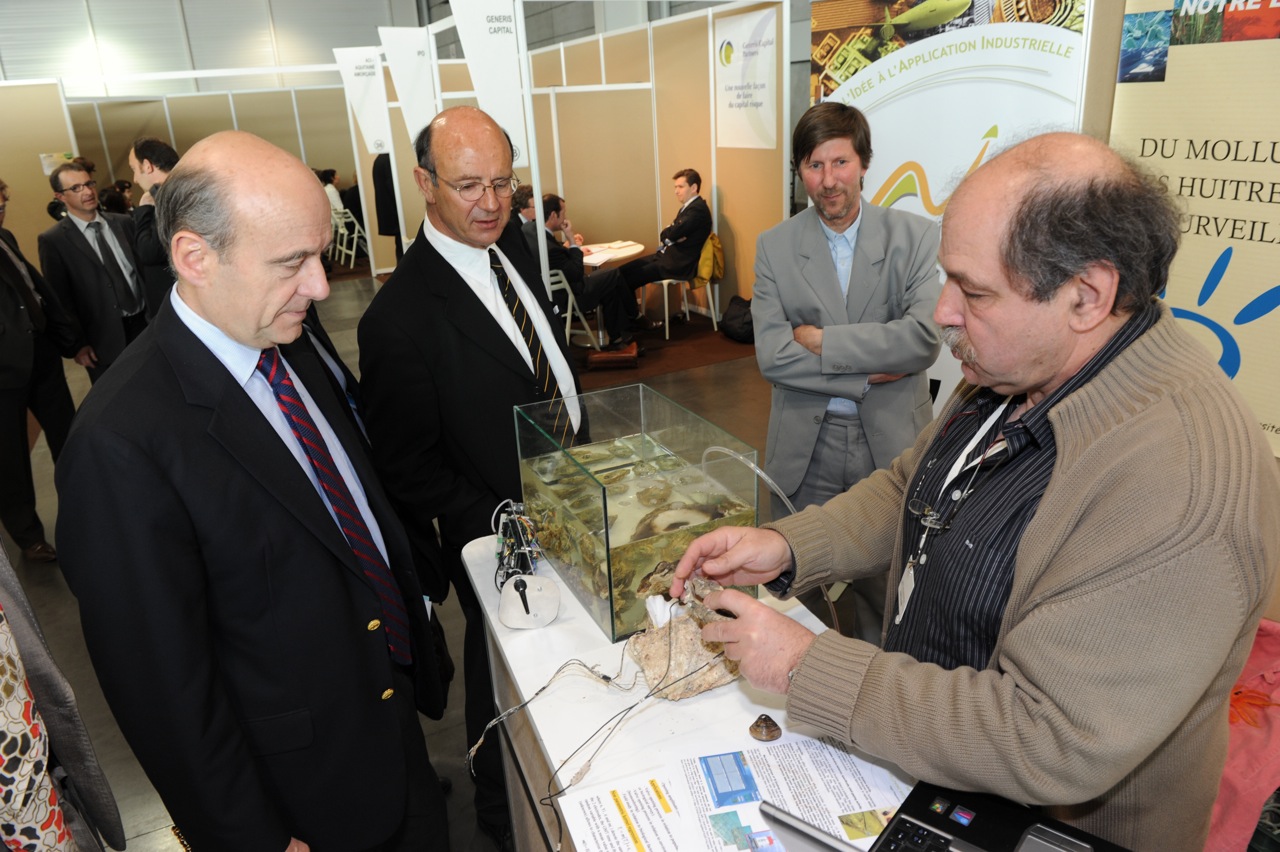 |
|
MolluSCAN Eye is a registered trademark |
|





